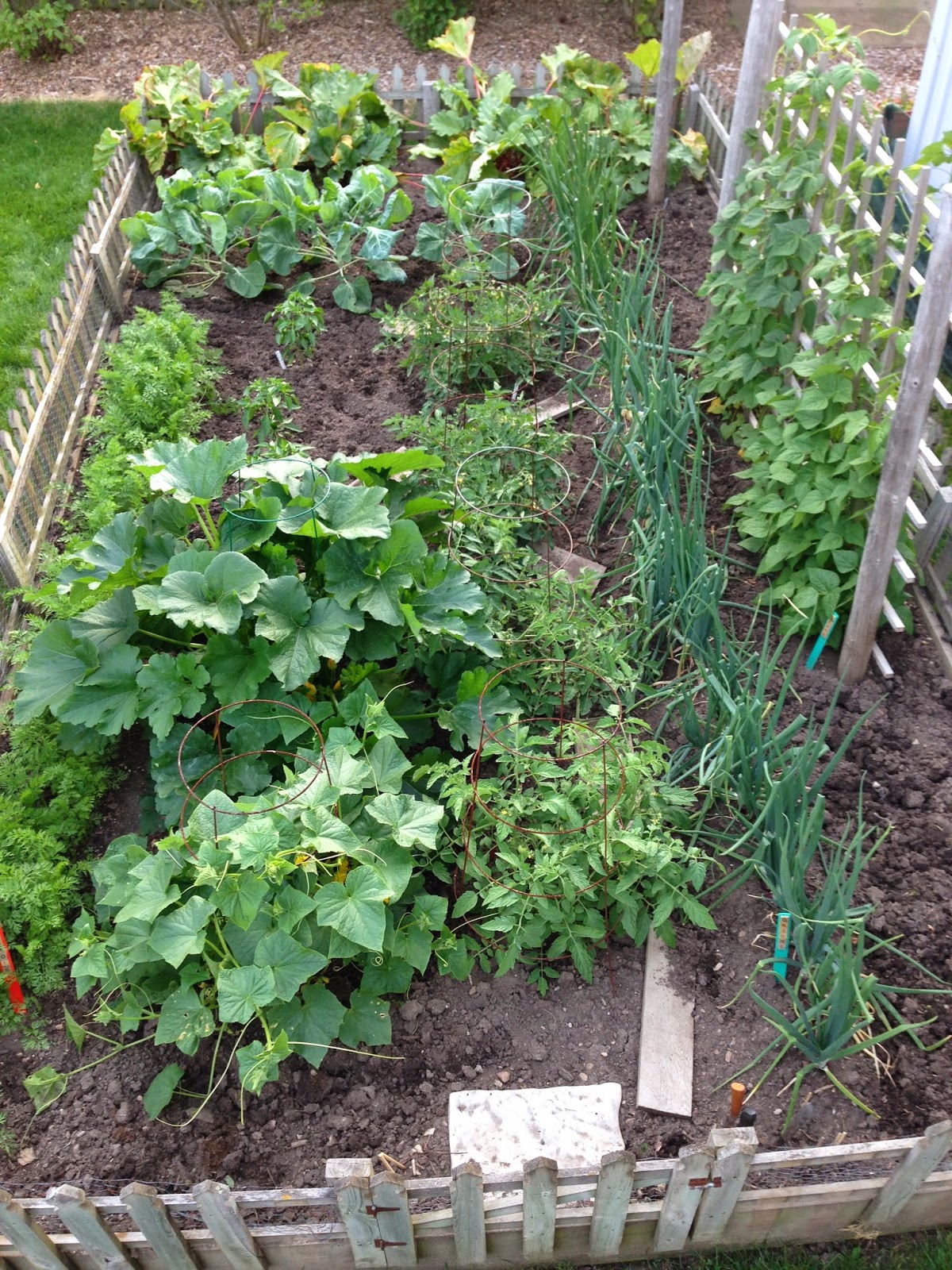I built my first compost bin about 15 years ago. The design of this compost bin was based on plans contained in the book "Crockett's Victory Garden". As you can see from the first picture, the idea was to create three separate sections. As the material broke down it was moved to the right so that the last section contain compost ready for the garden. It has served me well but as you can see it was time for a new one.
The internet is a wonderful thing and I was able to find some really good designs and ideas for my new compost bin. After my research, I decided my new compost bin would be built again based on the same concept of my old one by providing three sections for the various stages of the composting process. However, I decided to make several upgrades and modifications based on my 15 years of composting experience. To begin with I made the new compost bin sections wider and deeper. This allows me to add much more initial material and get more finished compost at the end. I also, raised the bottom of the compost bin off the ground about a foot. I did this to make moving material from one section to the next easier on my back. Also, by having the compost above the ground I am preventing roots from growing in my compost. It was amazing how the last section of my compost bin attracted roots. In a way it was good because it told me the final compost was full of nutrients and easy for plants to grow in. Finally, I changed the size of the screen that divided the sections. The old compost bin had one type of screen for the whole unit. The space between the wire was very wide and compost was constantly falling out. Not sure how much compost I wasted by having it fall out the back and sides but I was constantly cleaning up around the outside of the bin. This time around I went with a wire mesh and made sure I had small holes on the last section so the compost stays in the bin and not out the back. The bin was made from a combination of scrap wood and new wood. I avoided green treated wood so that the compost didn't absorb any of the preservatives.
I got this done late summer which was just in time for all the leaves from my yard and the old garden plant material. All of this helped to complete the composting circle. I think it turned out well
Here are some pictures.






















































